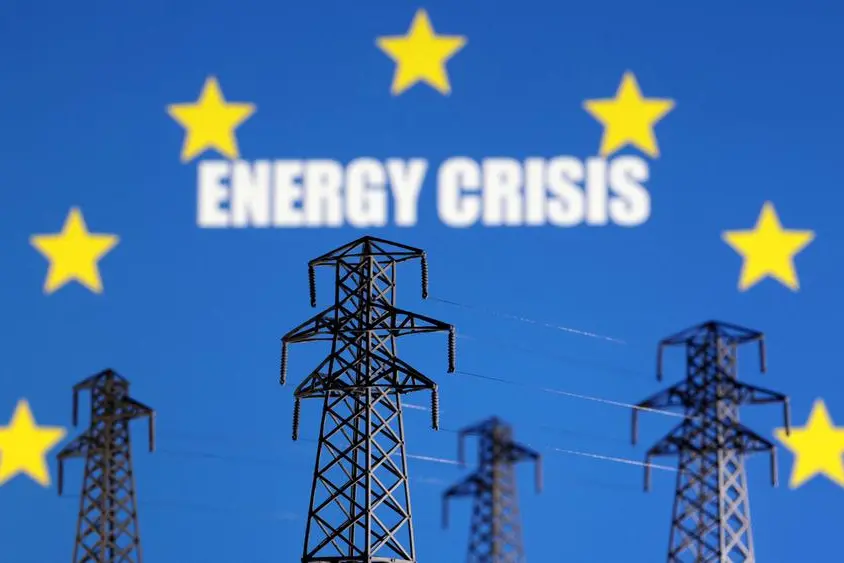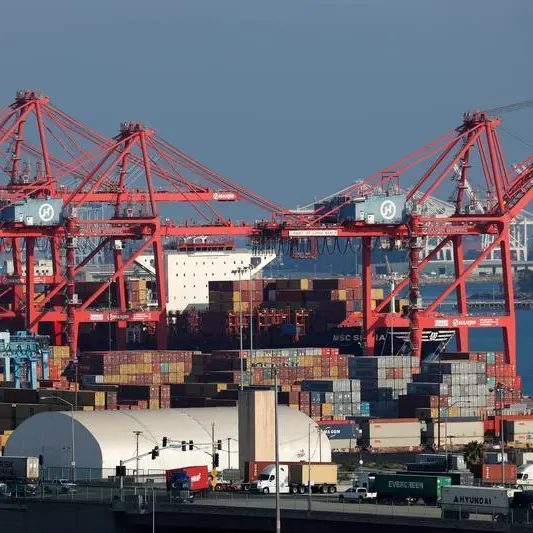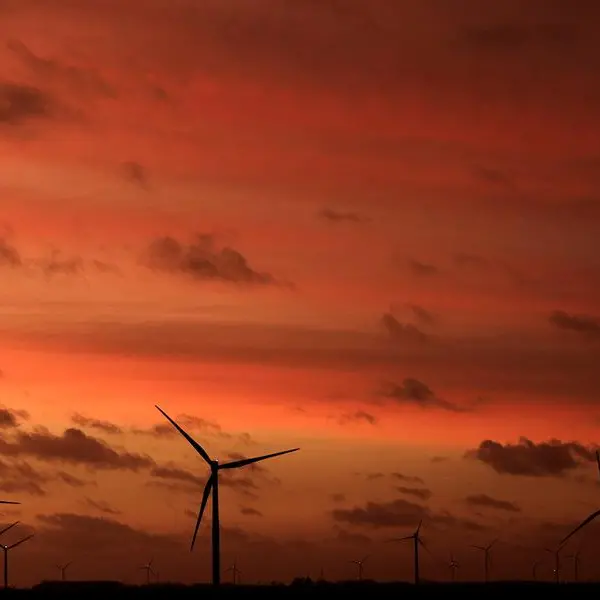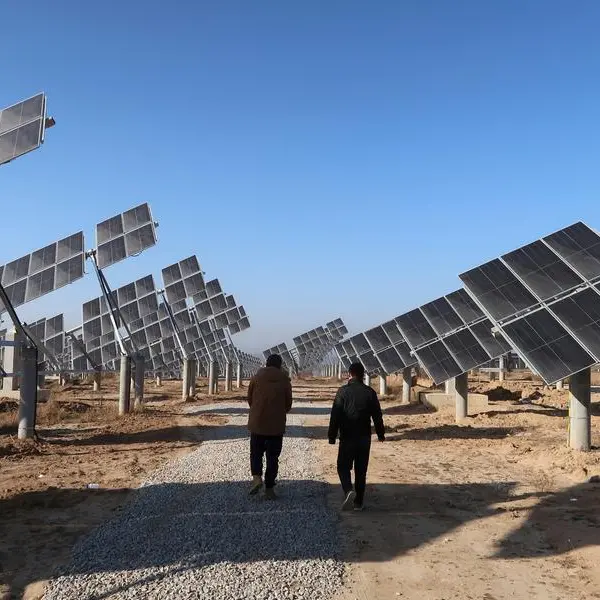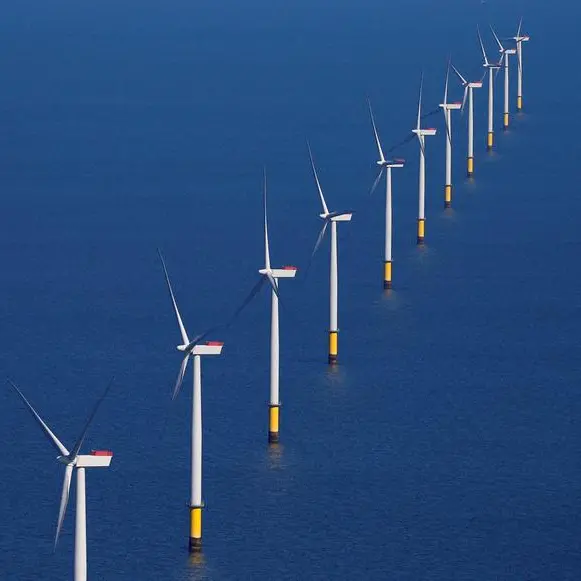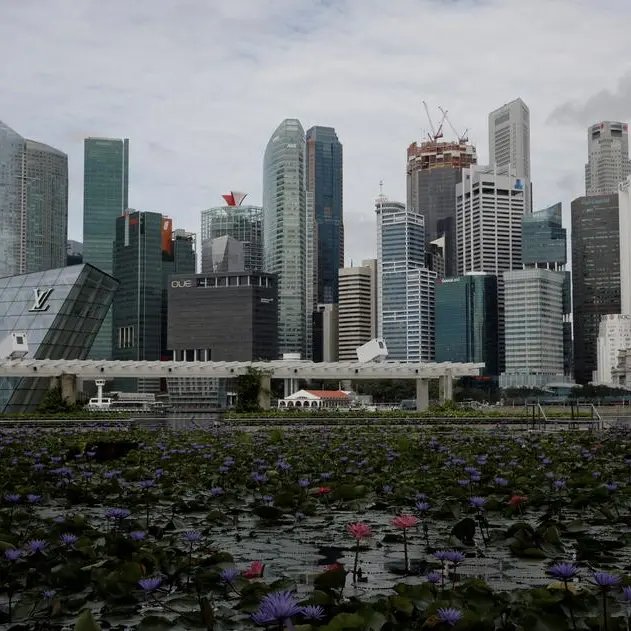PHOTO
Though often fractious, Europe showed surprising solidarity as it faced an energy crisis in the winter of 2022-2023. After responding with a range of concerted efforts in energy conservation, the continent can now turn hardship into an opportunity for accelerated efforts in renewable energy. It might one day be seen as a historic inflection point in the battle against climate change.
Even though wholesale natural gas prices in Europe have fallen to their lowest level in 18 months, now is not the time for consumers to drop their newfound determination to be free from potentially crippling energy reliances. And while they’re at it, they can go even further along the path of environmentally beneficial practices.
Renewables not only reduce carbon emissions, but also provide energy security, enhance the capability to plan for future supplies and help to manage costs.
As the energy crisis unfolded last fall, European leaders knew their nations could not immediately switch on enough sources of green power to ease the pain, so they called on citizens to embrace austerity — and the results were impressive.
The European Commission, the European Union’s executive body, asked for a 15 per cent reduction in energy usage in all 27 EU member states, so member nations turned down the heat in buildings to 19-degree C. Austria recommended shorter shower times and speed limits on roads. Spain ordered shop exteriors and public monuments to cease lighting at night. The Eiffel Tower in Paris dimmed its lights before midnight. Brussels and Paris reduced city speed limits to 30 km an hour. Germany slashed rail fares by 90 per cent to encourage people to park their cars.
The Netherlands adopted a 4-billion-euro programme to renovate 2.5 million homes by 2030 for energy efficiency. Germany’s Climate and Transformation Fund announced 56.3 billion euros for retrofitting buildings. Romania boosted its short-term renewables targets, while Estonia agreed to decarbonise all its electricity by 2030 and Greece adopted its first offshore wind policy.
Though no doubt those efforts had an impact, it was the grassroots that made the big difference. Frightened by reports in September that said natural gas was selling at many multiples of the previous price, consumers kept the thermostat dialled way down as cooler weather arrived. Not sure what the first bill from cold weather would bring, Europeans showed remarkable discipline and determination. Combined with a mild winter, the existential threat of skyrocketing prices never truly materialised. It now seems the near-panic was exaggerated — natural gas bills came in at about double their level of the year previous, a huge increase for sure, but not the sevenfold surge some in the media predicted.
But the experience surely got everyone’s attention. The European Commission says a “massive scaling-up and speeding-up” of renewable energy in power generation, industry, buildings and transport is now needed to accelerate energy independence, boost the green transition and reduce prices. It wants to increase the proportion of renewables in the energy mix to 45 per cent by 2030.
Among industrialised nations, carbon dioxide emissions are falling the fastest with the UK already reaching the level of 1890. The largest driver of change has been a cleaner electricity mix based on gas and renewables instead of coal.
The European Commission has now rolled out a programme called RePowerEU offering an array of initiatives to reduce use of fossil fuels and boost the transition to green energy.
Specifics of the strategy include a doubling of solar photovoltaic capacity by 2025, a legal obligation to install solar panels on new public, commercial and residential buildings, wide use of heat pumps and measures to integrate geothermal and solar energy in modernised communal heating systems.
It is also seeking to streamline the administrative processes needed in notoriously bureaucratic Europe. To help identify areas where green facilities can be installed quickly, the commission is making available datasets on environmentally sensitive areas as part of its digital mapping tool for energy, industry and infrastructure.
Yet, as 2022 played out, many feared there could be a return to an old, bad habit: reliance on coal. It would be an easy fix to meet the shortfall in energy supplies. And indeed the use of coal rose as 26 coal plants were brought back on emergency standby in 2022. Most were in Germany, where the government passed legislation to enlarge its coal power plant reserves as part of emergency measures.
There is also concern that new infrastructure needed to import liquefied natural gas — built in record time — means continued use of that carbon-based fuel to justify construction costs.
Plus, extreme drought across Europe led to the lowest level of hydropower in two decades while unexpected nuclear outages in France contributed to a fall in nuclear generation.
But it appears Europe did not return entirely to the embrace of coal. To meet the potential energy shortfall, the EU imported 22 million more tons of coal in 2022 than the year before, but only one-third was used.
There was a bigger increase in renewables, with wind and solar generation up significantly. Coal use actually fell in the last four months of 2022, compared to the year previous.
As spring approaches, Europeans are emerging from their winter habitat and mindset, looking for the arrival of sunnier days ahead. And they are no doubt ready to redouble efforts to ensure their security and quality of life. Now more than ever clean, renewable energy beckons as the shining future.
Jon Van Housen and Mariella Radaelli are international veteran journalists based in Italy
Copyright © 2022 Khaleej Times. All Rights Reserved. Provided by SyndiGate Media Inc. (Syndigate.info).
